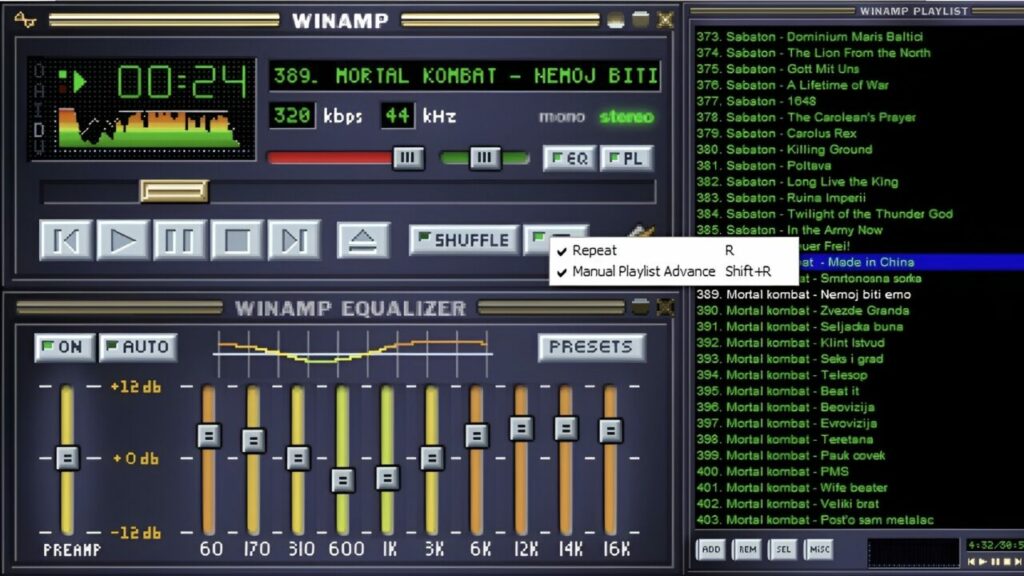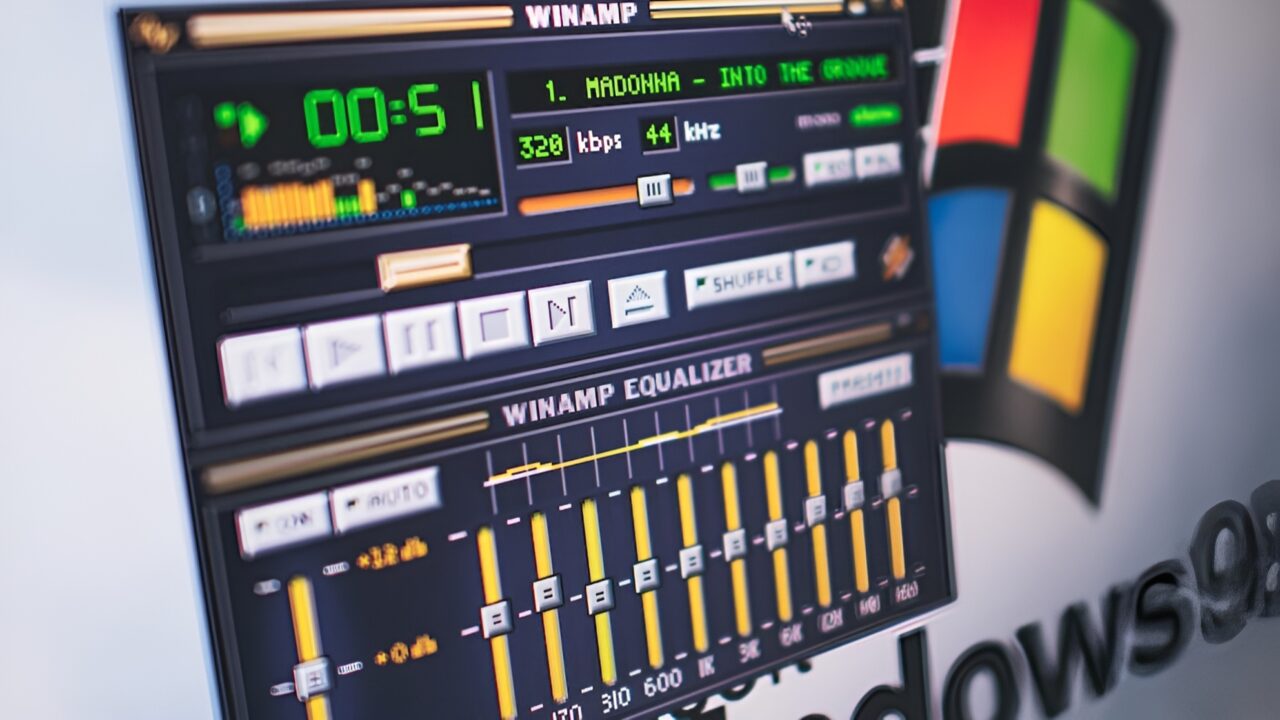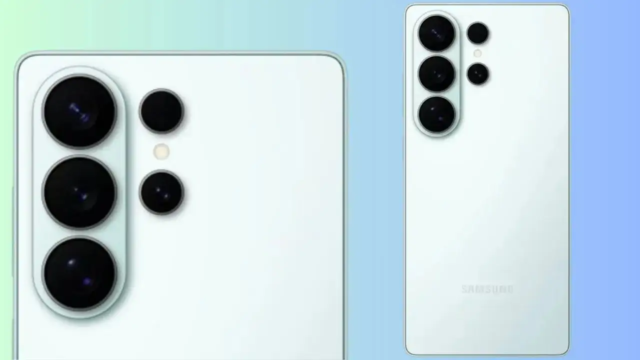Winamp was an iconic media player for technology enthusiasts and music lovers in the late 1990s and early 2000s. However, over time, it lost its popularity and was nearly forgotten. Now, after many years, Winamp is experiencing a revival. What led to Winamp’s decline, and what does its future hold?
Is the legendary music player Winamp making a comeback?
Winamp was launched in 1997 by Justin Frankel, Dmitry Boldyrev, and Gianluca Rubinacci through Nullsoft. Initially starting as a simple media player, Winamp quickly gained popularity, allowing users to manage media libraries, create playlists, and even listen to online radio.
Winamp became known for its customizable plugins and skins, becoming a favorite among many music enthusiasts. However, Winamp’s decline began after it was acquired by AOL (America Online) in 1999. AOL bundled Winamp with various other software, creating a negative experience for users.

In 2001, Apple released iTunes and the iPod, causing Winamp’s popularity to drop rapidly. AOL’s mismanagement and technological shifts accelerated Winamp’s decline. In 2014, Winamp was acquired by Belgium-based Radionomy, but no significant updates or developments followed for several years.
However, in 2021, Winamp’s revival was officially announced, and in 2023, a new Winamp web player was released. The new Winamp features a modern design reminiscent of Spotify but lacks the high level of customization from its earlier version.
Winamp also introduced a free app for iOS and Android, allowing users to access their local media libraries and cloud storage services. However, long-time Winamp fans had mixed reactions, noting that the new app didn’t fully reflect the features of the original version.
Winamp, once known as a cult media player, lost its popularity over the years. Now, it is returning in a new format, and its future success depends on its ability to meet user expectations and adapt to modern media consumption trends.
After years of silence, Winamp’s resurgence could be intriguing for old fans and new generations of music lovers. However, if it lacks the customization features that made it popular, it may disappoint nostalgic fans.
How do you interpret the updates and innovations that have upset Winamp’s fans? Feel free to share your memories or opinions about Winamp in the comments section below.














